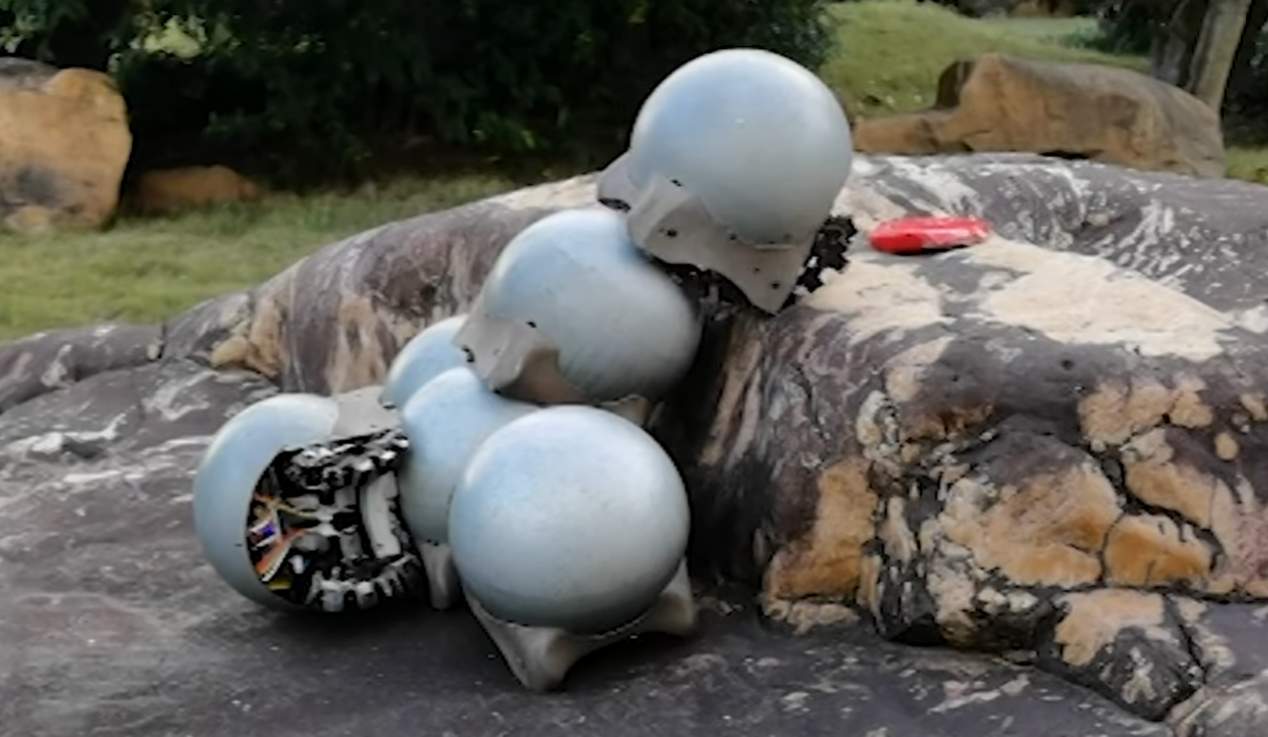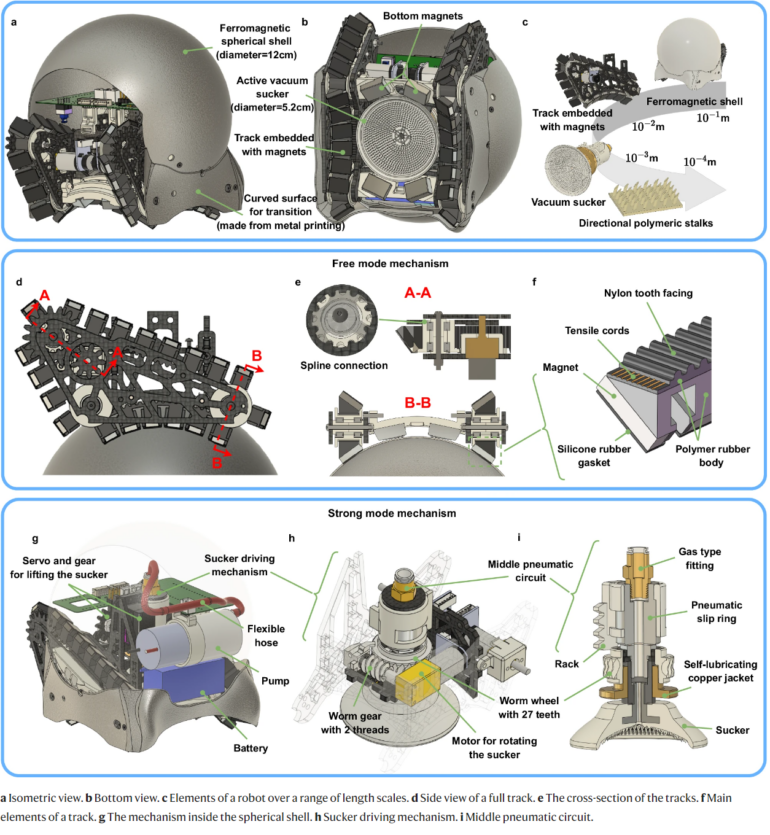The future of robot swarms is... Snails? How mollusk-inspired bots could tackle tough jobs

Key Points
- Researchers have developed a new type of robot swarm inspired by the unique anatomy of snails and designed to perform complex tasks in rough terrain.
- The "snail robots" consist of a round shell, a caterpillar-like propulsion system with embedded magnets, and an extendable sucker that allows them to flexibly join together to form larger structures.
- In experiments, the robots climbed stairs and rocks, crossed ditches, and moved safely on cobblestones. In the future, such adaptive swarms could help with reconnaissance and rescue missions, as well as infrastructure maintenance.
Researchers have developed a new robot swarm inspired by snails. These “snail robots” could one day take on complex tasks in the wild.
Robot swarms, in which many small robots work together, are seen as a promising approach to tackle complex tasks. However, until now, such swarms have been mostly limited to flat, structured environments such as indoor spaces, at least on land. While complex obstacles are rare in the air or water, locomotion on land is fraught with cracks, steps, and other difficult terrain.
The team took inspiration from nature to develop a swarm that can also cope outdoors: snails. The unique anatomy of these mollusks allows them to climb walls, overcome obstacles, and move on uneven terrain.
The "snail robots" consist of a round shell and a drive that resembles tank tracks. Magnets are embedded in these tracks, allowing the robots to attach to the shells of their "conspecifics" - similar to how real snails sometimes cling to each other.

A retractable suction cup on the underside provides even more stability. When activated, the robots adhere to each other extremely strongly. Thanks to a special structure made of many fine hairs, the suction cup works reliably even on rough and dirty surfaces.
Bionic snail could help with infrastructure maintenance
In experiments, the snail robots demonstrated impressive capabilities: they climbed steps and rocks, crossed ditches, and moved safely on cobblestones. Their variable connection system allows them to flexibly join together to form larger structures - such as long "bridges" or "arms".
According to the team, such adaptive swarms could help with exploration and rescue missions in rough terrain or with infrastructure maintenance in the future.
Some challenges still need to be overcome, such as the resistance of the connections to external forces. However, the approach of leveraging nature as a role model has already proven extremely fruitful, the team suggested.
AI News Without the Hype – Curated by Humans
As a THE DECODER subscriber, you get ad-free reading, our weekly AI newsletter, the exclusive "AI Radar" Frontier Report 6× per year, access to comments, and our complete archive.
Subscribe now